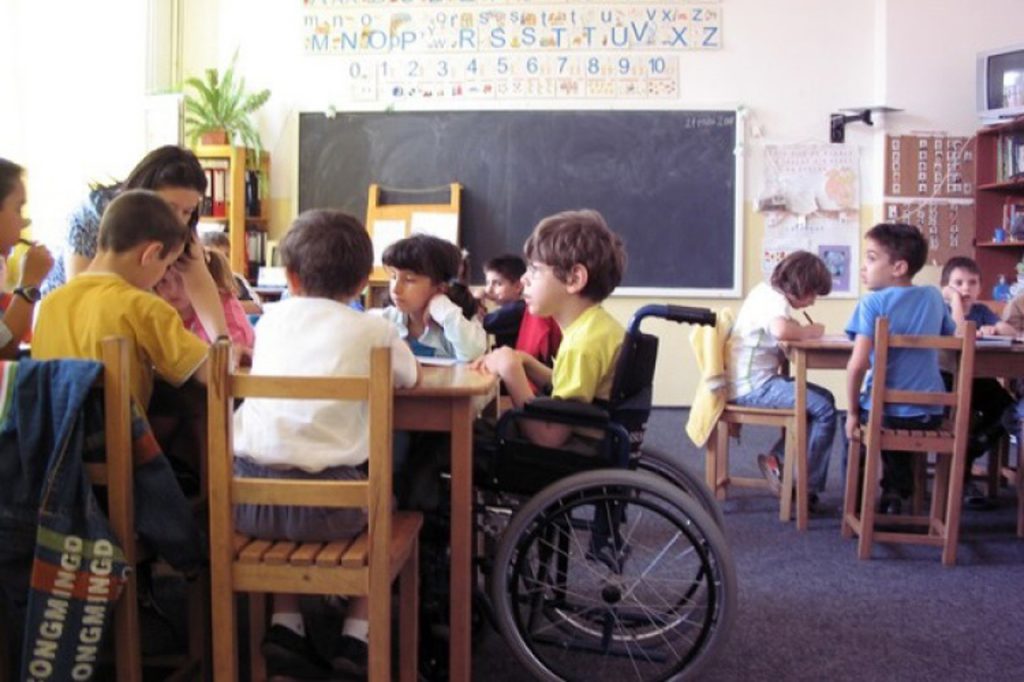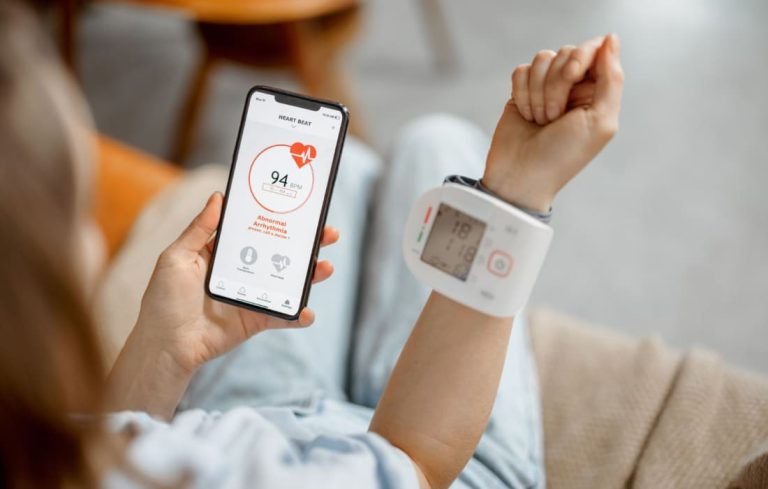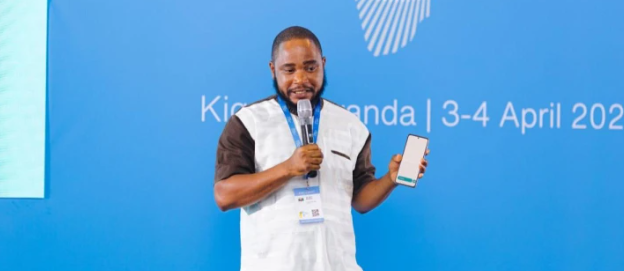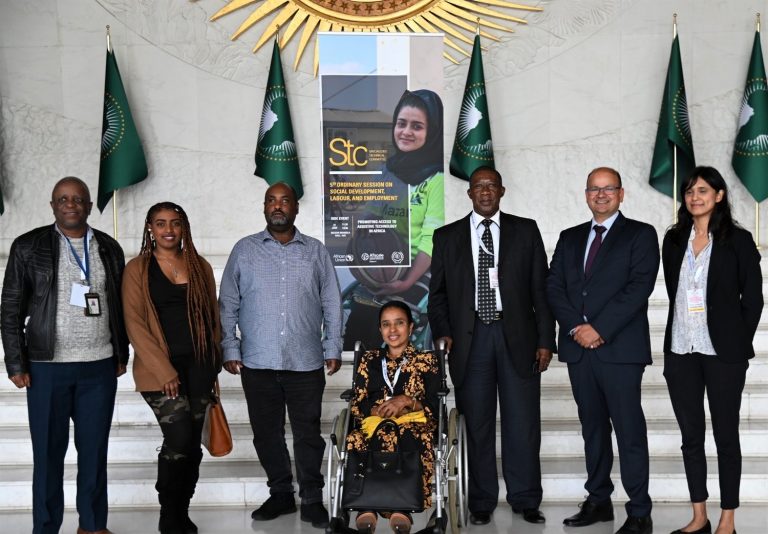In Moldova, a pioneering program funded by the Global Partnership for Education (GPE) is revolutionizing educational inclusion for children with visual and hearing impairments. By integrating advanced assistive devices into the school system, the initiative is designed to remove longstanding barriers and promote equal learning opportunities. This article outlines the technologies introduced, the financial mechanisms supporting the program, and the anticipated outcomes on the national education landscape.
Introduction
Education systems worldwide face the challenge of catering to every learner’s needs. In Moldova, efforts toward inclusive education have received a significant boost through the deployment of assistive technologies. These devices—ranging from Braille typewriters to advanced screen-reading software—are transforming traditional classrooms into environments where students with sensory disabilities can thrive academically. The approach aligns with global priorities endorsed by organizations such as UNICEF and the European Union, underscoring education as a cornerstone for sustainable societal development 2.
Program Overview and Technological Innovations
Digital Innovation in the Moldovan Education System
The initiative, part of Moldova’s broader Digital Innovation in the Education System Program, is designed to embed assistive technology within everyday learning. Funded by a US$4.7 million Multiplicative Grant from the GPE and bolstered by an additional US$18 million in cofinancing from partners—including the European Union, UNDP, UNICEF, UNFPA, and the Agence universitaire de la Francophonie—the program seeks to create a resilient and responsive education system .
Assistive Devices Procured and Their Applications
The Moldovan Ministry of Education and Research, with support from UNICEF and GPE, has already acquired nearly 500 assistive devices tailored for children with visual and auditory challenges. These technologies include:
- Braille Typewriters: Facilitating written communication and literacy development for visually impaired students.
- Video Magnifiers: Enhancing visibility of educational materials for students with partial sight.
- Screen-Reading Software: Allowing children with low vision to access digital content through auditory feedback.
- Adapted Keyboards: Custom-designed for ease-of-use to support students with varied physical abilities.
By mid-2025, the program is expected to expand access to over 1,000 devices nationwide. Specialized support units are being established to train educators and ensure the effective use of these tools, which significantly contribute to creating an inclusive educational environment .
Impact and Stakeholder Perspectives
Empowering Through Technology
Government officials and education specialists have repeatedly underscored the transformative potential of these assistive tools. Dan Perciun, Moldova’s Minister of Education and Research, stated that integrating these technologies ensures equal opportunities for all children, fostering a system that readies every learner for future challenges. Similarly, Mohamed Yassine, an education specialist at GPE, highlighted that “assistive technologies play a transformative role in overcoming barriers and enhancing learning experiences,” empowering children with sensory impediments to achieve academic success .
Financial and Strategic Support
The program’s success is largely attributable to robust financial backing and strategic partnerships. Jānis Mažeiks, Ambassador of the European Union in Moldova, remarked that contributions from the EU and its member states are pivotal in achieving an education system that is both inclusive and forward-looking. The combined efforts of international donors and local stakeholders are paving the way not only for immediate impact but also for long-term systemic transformation.
Discussion
The Moldovan experience illustrates how assistive technology can be a catalyst for inclusive education. By addressing the unique needs of students with disabilities through adaptive devices and targeted training for teachers, the initiative creates a paradigm where educational disparities are minimized. This case is consistent with global trends emphasizing digital inclusivity; recent studies by UNESCO and the World Bank have highlighted similar success stories in other regions where technology is leveraged to bridge educational gaps .
Furthermore, the initiative’s dual focus on both hardware (the assistive devices) and human capacity-building (through teacher training and support programs) serves as a model for holistic reform in education. The emphasis on personalized learning environments—where technology adapts to individual student needs—echoes broader educational philosophies that advocate for student-centered learning.
Conclusion
Moldova’s innovative integration of assistive technology within its education system marks a significant advance toward achieving true inclusivity. By ensuring that students with visual and hearing impairments have access to the necessary tools for academic success, the initiative sets a benchmark for transformative educational practices. As Moldova continues on its path toward enhanced digital integration and future-ready education, this model may inspire similar reforms in other nations. Access to these technologies, as emphasized by stakeholders, is not merely a tool for inclusion—it is a vehicle for meaningful transformation.
For more Information, please contact the Global Partnership for Education (GPE).










